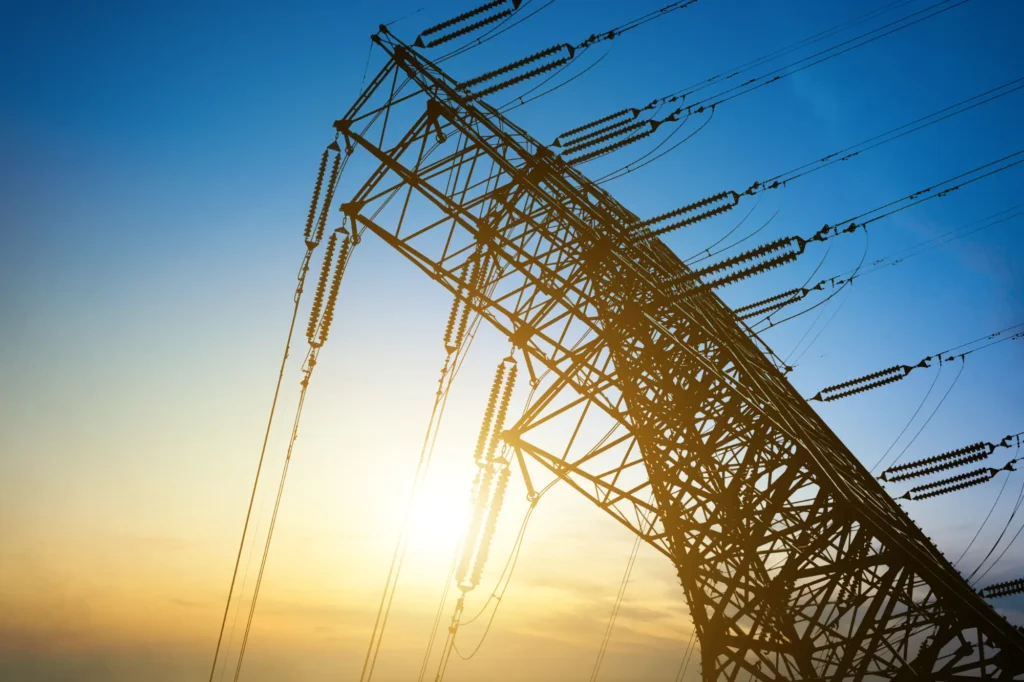•
Mar 24

Sand Technologies
Today’s energy companies face immense challenges, from improving grid efficiency to managing increasing demand from EVs and data warehouses to integrating renewable energy sources. Amid these demands, AI is emerging as a powerful solution, capable of addressing these pain points with speed and precision. Its use in the energy sector is expected to reduce operational costs by $58.66 billion by 2030
A central challenge for electricity utilities is managing equipment maintenance. Unexpected equipment failures in power plants and distribution systems can have costly consequences for energy providers, including downtime and expensive repairs. One downtime hour can run from $108,000 to $2.3 million, depending on the utility. The U.S. Department of Energy estimates that utilities implementing predictive maintenance can save 30-40% on annual maintenance costs.
AI-powered predictive maintenance can deliver a clear win for the electricity sector, reducing maintenance costs. Using AI and machine learning to analyze operational data such as temperature, vibration and pressure, AI can predict equipment failures before they happen, allowing operators to take preventative action.
AI tools like Asset Health Vision help companies with heavy assets, like the utility industry, use real-time data to manage asset risks and maintenance. Beyond savings, this approach improves the reliability of power supply, extends the lifespan of critical equipment, and minimizes operational costs — a quick AI win with long-lasting benefits for stakeholders in the energy sector.
The cost of non-compliance is almost three times higher than the cost of compliance. Utilities have a smart solution for regulation assessments and reporting that can help avoid these higher costs. AI can streamline regulatory assessments and enhance compliance, improving efficiency and accuracy in meeting regulatory obligations.
AI can automate collecting, processing and reporting compliance-related data, leading to more accurate and efficient compliance management. Moreover, AI can streamline regulatory updates by quickly processing and summarizing complex regulatory documents, ensuring organizations stay up-to-date with the latest requirements to avoid costly errors.
These smart platforms swiftly analyze large data volumes, offering timely information that supports compliance. AI-powered systems monitor operations in real time, identifying trends that indicate potential non-compliance issues. Machine learning further assists by pinpointing trends that signal potential compliance breaches, allowing for proactive measures. Knowing issues exist gives utilities time to take proactive measures to ensure compliance and avoid costly fines. For example, a water utility in the UK used this technology to comply with environmental standards and consequently avoided £5-10 million in annual penalties.
Electric utilities leveraging AI for compliance can see gains relatively quickly. They can begin with pilot programs and small-scale deployments, which produce results within 0-6 months, and scale to broader applications with gains seen within 6-18 months. With this foundation, utilities can transition to full AI integration and optimization, which can take 18-36 months.
Managing decentralized grids with the rise of renewable energy sources presents a significant challenge for grid operators. AI is revolutionizing decision-making in the electricity sector by enabling faster and more informed choices. Similarly, advanced AI systems offer a quick solution by optimizing energy flows across smart grids.
These systems dynamically identify inefficiencies, balance consumption with renewable fluctuations and ensure smooth grid performance. For instance, AI helps integrate renewable energy seamlessly into grid networks, minimizing energy loss and improving efficiency. AI-powered predictive analytics can also accurately forecast electricity demand, allowing utility companies to optimize grid management and reduce energy waste. In addition, AI algorithms can analyze vast amounts of weather data to improve the integration of renewable energy sources, ensuring a more balanced and reliable supply.
Leaders in the electricity sector can harness AI to improve operational efficiency and deliver more reliable outcomes for their customers. For instance, a large telecommunications provider in Indonesia uses AI to optimize its tower settings for maximum signal strength and reach, improving customer satisfaction by 17.82% while reducing energy use by 27.6%. Another example in the water industry is a utility leveraging AI to make better decisions and examine the impact of those decisions, leading to lower carbon emissions that get the utility closer to its 2030 Net Zero commitments.
Other articles that may interest you